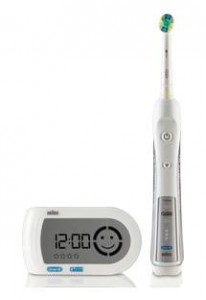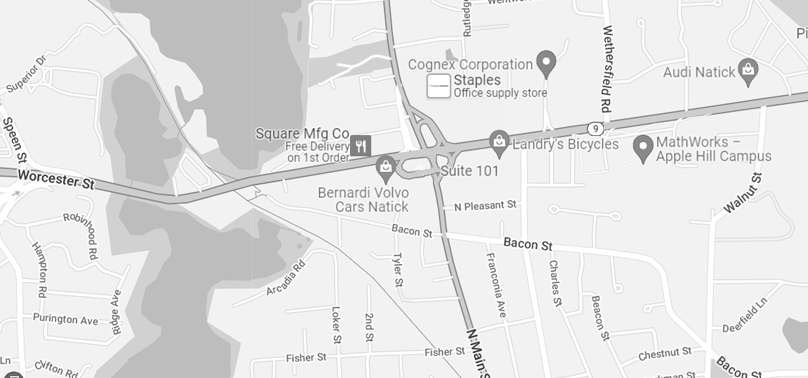Electric Toothbrush
August 2nd, 2013
Keeping your teeth sparkling clean with braces is not easy! At Lakewood Park Orthodontics, we stress the importance of excellent brushing habits and agree with the recent studies done by the American Journal of Orthodontics and Dentofacial Orthopedics that electronic toothbrushes (particularly the Oral-B Professional Healthy Clean + Floss Action Electric Toothbrush with SmartGuide) do a better job than regular toothbrushes. They are expensive at stores, but you get a discount of 40% by buying through your dentist or orthodontist. Next time you are in the office, just ask any of the staff members for more information.
Here's some more information about electric toothbrushes in case you are considering purchasing one. In any case....just keep brushing!
Features of A Power Toothbrush: Simply stated, rechargeable electric toothbrushes (or “power” toothbrushes) provide superior plaque removal to regular manual toothbrushes. And because they provide the brushing action for you, many people find using power toothbrushes easier than using regular manual ones. Additionally, with so many different types and features available, it’s easy to find one that suits your specific oral health needs.
Superior Plaque Removal: According to a 2005 independent study, “Brushes that worked with a rotation oscillation action removed more plaque and reduced gingivitis more effectively than manual brushes in the short and long-term...
Ease of Use: Whereas you have to move a regular manual toothbrush back and forth along your teeth, power toothbrushes provide the cleaning action for you. That means you need only guide it along the surfaces of your teeth. Once they get the hang of it, many people find this method of brushing easier. Likewise, people with arthritis or other similar conditions may find using a power toothbrush less painful. Power toothbrushes may also help kids brush their teeth more effectively, but sure to check the age recommendations on an electric toothbrush before letting your child use it.
Technology and Features: Generally rich in technology and features, some power toothbrushes can even enable you to improve your brushing habits. And most come with convenient features like a brush head or toothbrush holder, bathroom-counter storage units and travel toothbrush chargers. Hi-tech features may include:
•Numerous brushing modes specialized for sensitive teeth, whitening benefits or gum-massaging action
•Pressure sensors to signal when you’re brushing too hard
•Timers to help you keep track of how long you’re brushing each quadrant of your mouth
•Digital reminders to replace your brush head
•Oscillating-pulsating and cupping, oscillating-rotating or sonic technology
•Multiple brush head compatibility so you can choose which kind of bristle design you prefer





